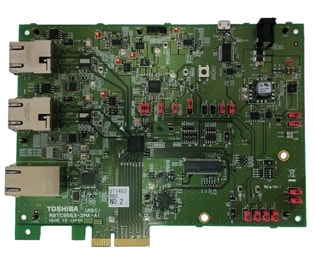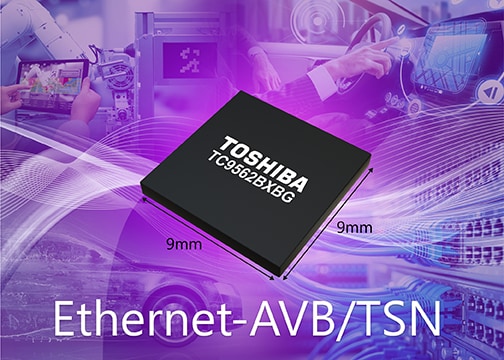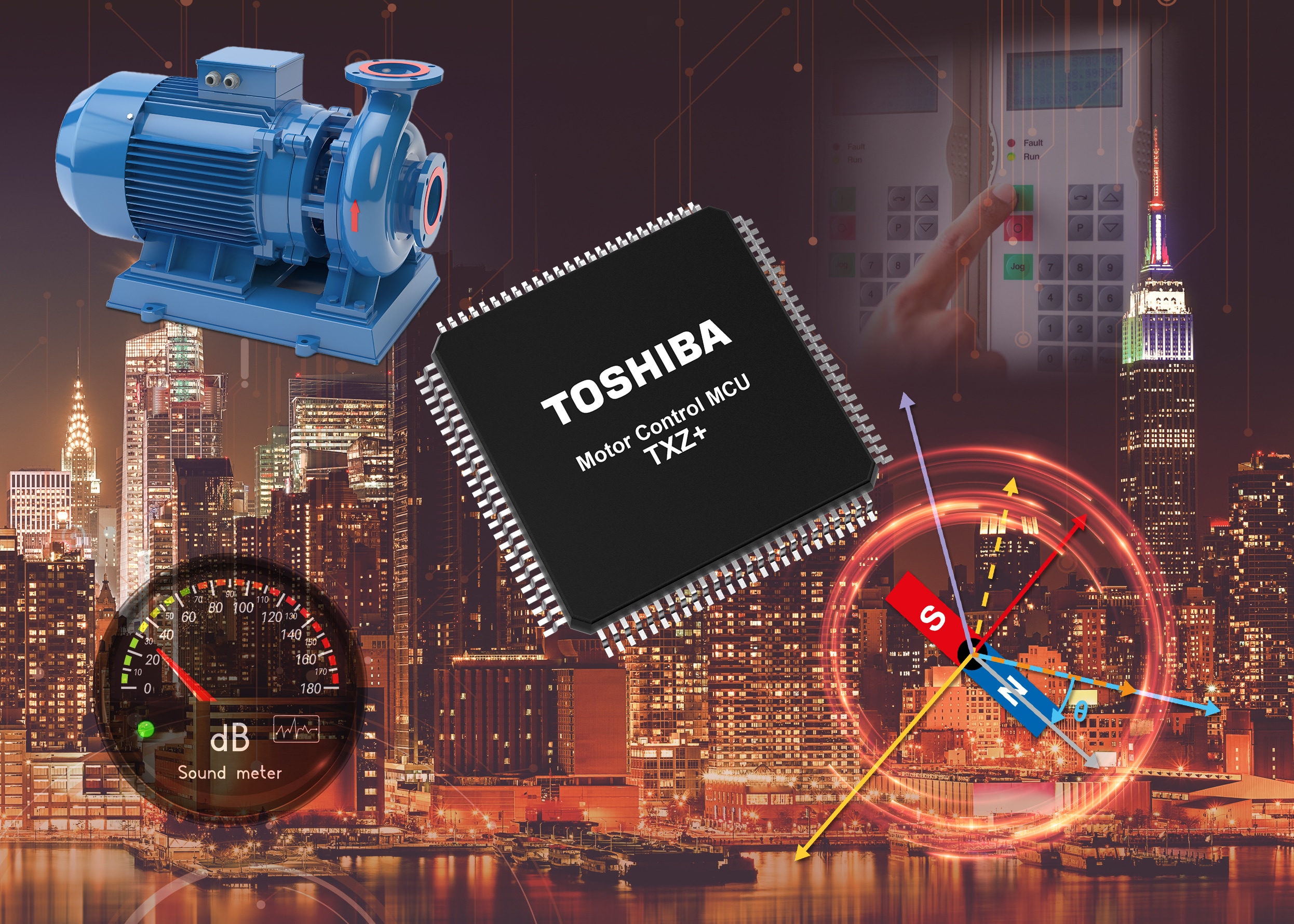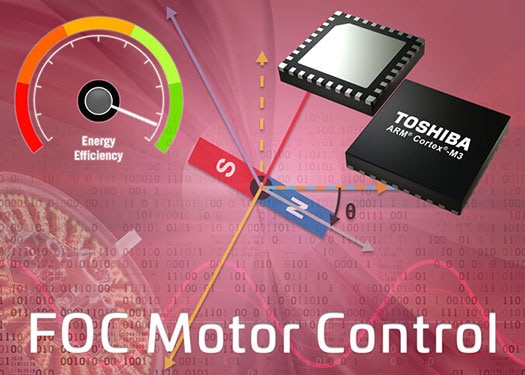- General Top
- SEMICONDUCTOR
- STORAGE
- COMPANY
-
My ToshibaSemicon
- Semiconductor Top
-
ApplicationsAutomotive
Body Electronics
xEV
In-Vehicle Infotainment
Advanced Driver-Assistance Systems (ADAS)
Chassis
IndustrialInfrastructure
BEMS/HEMS
Factory Automation
Commercial Equipment
Consumer/PersonalIoT Equipment
Healthcare
Wearable Device
Mobile
Computer Peripherals
-
ProductsAutomotive Devices
Discrete Semiconductor
Diodes
Transistors
Logic ICs
Analog Devices
Digital Devices
Wireless Devices
※
: Products list (parametric search)
Power SemiconductorsSiC Power Devices
※
: Products list (parametric search)
Isolators/Solid State RelaysPhotocouplers
Digital Isolators
Solid State Relays
Fiber Optic Transmitting Modules
※
: Products list (parametric search)
MOSFETsIGBTs/IEGTsBipolar Transistors※
: Products list (parametric search)
Diodes※
: Products list (parametric search)
MicrocontrollersMotor Driver ICsIntelligent Power ICs※
: Products list (parametric search)
Power Management ICsLinear ICs※
: Products list (parametric search)
General Purpose Logic ICsLinear Image SensorsOther Product ICsOther Product ICs
※
: Products list (parametric search)
-
Design & Development
Design & Development
Innovation Centre
At the Toshiba Innovation Centre we constantly strive to inspire you with our technologies and solutions. Discover how to place us at the heart of your innovations.
-
Knowledge
Knowledge
Highlighted Topics
Further Materials
Other
- Where To Buy
- Part Number & Keyword Search
- Cross Reference Search
- Parametric Search
- Stock Check & Purchase
This webpage doesn't work with Internet Explorer. Please use the latest version of Google Chrome, Microsoft Edge, Mozilla Firefox or Safari.
require 3 characters or more. Search for multiple part numbers fromhere.
The information presented in this cross reference is based on TOSHIBA's selection criteria and should be treated as a suggestion only. Please carefully review the latest versions of all relevant information on the TOSHIBA products, including without limitation data sheets and validate all operating parameters of the TOSHIBA products to ensure that the suggested TOSHIBA products are truly compatible with your design and application.Please note that this cross reference is based on TOSHIBA's estimate of compatibility with other manufacturers' products, based on other manufacturers' published data, at the time the data was collected.TOSHIBA is not responsible for any incorrect or incomplete information. Information is subject to change at any time without notice.
require 3 characters or more.
Implementing More Effective In-Vehicle Network Infrastructure

For decades automotive networking was dependent on protocols like CAN and LIN. Unprecedented demand for elevated data rates has led to the widespread adoption by automobile manufacturers of Ethernet interconnection technology. This offers orders of magnitude increases in the bandwidth that can be supported. It is not just a matter of raising speeds though. Other aspects now need to be addressed.
Since Ethernet does not offer deterministic operation, the inclusion of additional protocols has been required for it to be applicable in an automotive context. Time sensitive networking (TSN) has meant that safety-critical data can be prioritized, so that it is not detrimentally affected by data traffic congestion. Alongside this, audio video bridging (AVB) has meant that the audio and video streams needed by infotainment systems are all correctly synchronised - thereby ensuring that quality of service (QoS) expectations are maintained.
Another issue is the cable harnessing. This is one of the biggest contributors to the overall weight and cost of a vehicle, and as new capabilities are added to automotive designs, there is the prospect for this to increase still further.
In order to reduce the cable harnessing involved in next generation vehicle models, the domain-oriented networking architectures that have been previously used are set to be gradually replaced by a more operationally efficient zonal approach. This will have centralised high performance computing (HPC) resources connected to a distribution of zone ECUs via multi-Gigabit automotive Ethernet technology. It gets away from everything being related to the function, which meant that cabling was needed to link sensors, imaging devices and actuators with ECUs that could be quite a large distance away (possibly right over the other side of the car). Instead, the new arrangement keeps all of the necessary hardware in close proximity, with responsibility being assigned to the nearest zone ECU.

Toshiba’s TC9563XBG will be pivotal in the progression of zonal automotive networking architectures, offering support to infotainment and telematics applications. This AEC-Q100 Grade 3 compliant device features two Ethernet ports supporting 10Gbps operation with AVB/TSN functionality, plus three PCIe Gen 3 switch ports.
You can find out more about Toshiba’s TC9563XBG SoC by downloading the following white paper:





